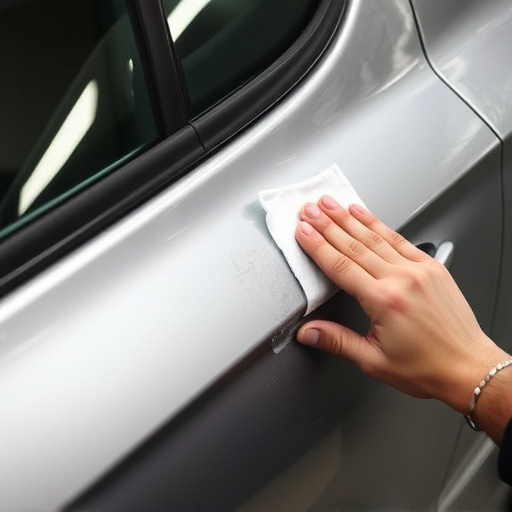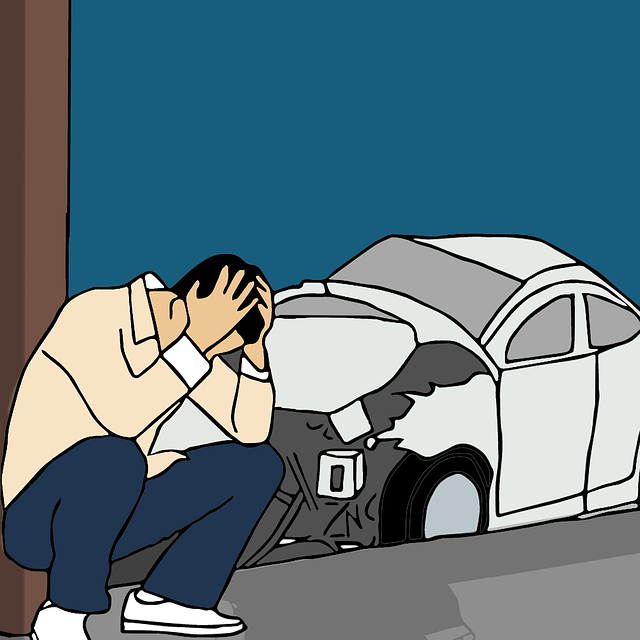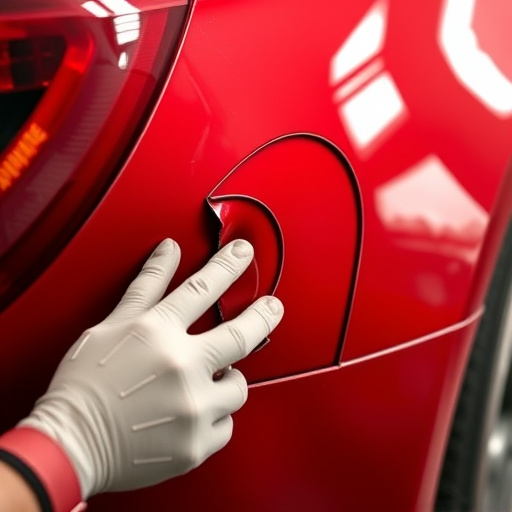After vehicle repairs, accurately document "diminished value after repair" to protect against financial losses. Include pre-and post-repair photos, a detailed repair report, receipts, and specific notes on issues encountered during the process. Avoid common pitfalls like missing condition details or omitting market value documentation for reliable, transparent assessment of diminished value.
Documenting diminished value after a vehicle repair is crucial for ensuring fair compensation. This comprehensive guide explores the fundamentals of diminished value (DV), providing a step-by-step framework for accurate documentation. Learn how to assess and record pre- and post-repair market values, considering factors like age, condition, and repair history. We also highlight common pitfalls to avoid during this critical process, empowering you to navigate claims effectively and protect your investment’s true worth.
- Understanding Diminished Value After Repair: The Basics
- Accurately Documenting the Loss: Step-by-Step Guide
- Common Pitfalls to Avoid During the Documentation Process
Understanding Diminished Value After Repair: The Basics

After a vehicle undergoes repairs, it’s natural for its value to decrease, a concept known as diminished value after repair. This reduction in worth isn’t necessarily an indicator of the quality of auto collision center or auto repair services provided; rather, it’s a result of the inherent depreciation that all vehicles experience over time. However, accurately documenting this diminution is crucial for several reasons, particularly during insurance claims or future sales.
When a car has been restored by expert mechanics through comprehensive vehicle restoration processes, understanding the factors contributing to its diminished value becomes essential. These might include the extent of the initial damage, availability and cost of replacement parts, labor hours required for repair, and the overall age and condition of the vehicle prior to the incident. By meticulously recording these details, car owners or repair facilities can ensure transparency and potentially mitigate financial losses associated with reduced vehicle resale value.
Accurately Documenting the Loss: Step-by-Step Guide

Accurately documenting the diminished value after a repair is a crucial step for both insurance claims and personal records. Begin by taking detailed photos of both the damaged area and the vehicle as a whole, from various angles. These visuals serve as tangible evidence of the pre-repair condition, which will be compared against post-repair assessments. Next, create a comprehensive report outlining the repair process, parts replaced, labor costs, and estimated time spent on each task.
Include specific details about any discrepancies or issues encountered during the restoration process, such as paint mismatches or misaligned panels. This level of documentation ensures that if there’s a dispute regarding the diminished value, you have concrete evidence to support your claim. Additionally, keep receipts for all materials and services rendered, as these serve as critical supporting documents.
Common Pitfalls to Avoid During the Documentation Process

During the documentation process of diminished value after repair, it’s crucial to steer clear of several common pitfalls that can compromise accuracy and validity. One major trap is failing to document the pre-and post-repair condition comprehensively. This includes not taking detailed photographs showcasing both the existing damage and its resolution. Accurate measurements, such as dimensions of dents or cracks, are also essential for establishing a clear contrast in value.
Another pitfall involves neglecting to record all repair services conducted, including auto dent repair, auto glass repair, and other related procedures. Inaccurate or incomplete records can lead to misunderstandings and disputes later. Additionally, omitting documentation of the market value of the vehicle both before and after the repairs can result in unfair assessments of diminished value. Always ensure every step is meticulously documented for reliability and transparency.
Documenting diminished value after a repair is crucial for both insurance claims and personal records. By accurately tracking pre-and post-repair conditions using detailed, photographic evidence and precise measurements, you can ensure fair compensation for any loss in vehicle value. Remember to avoid common pitfalls like missing documentation steps or relying solely on visual estimates by consulting experts and following a comprehensive guide for accurate results regarding diminished value after repair.














